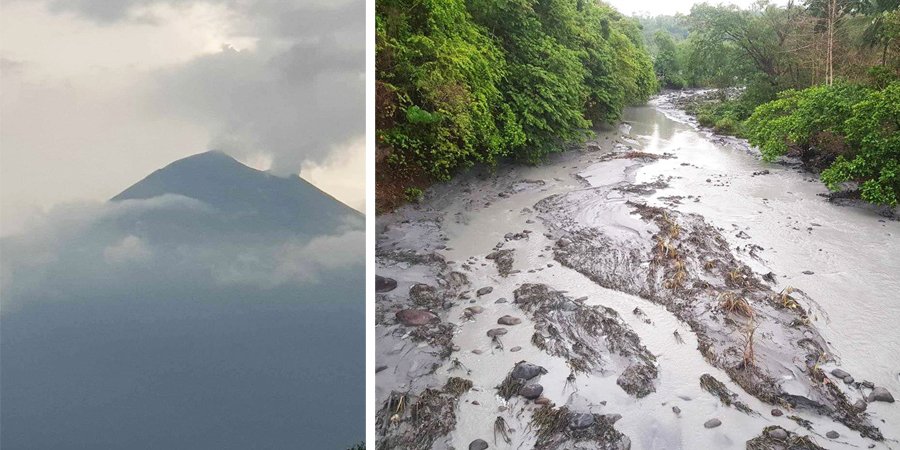• GILBERT P. BAYORAN
The Philippine Institute of Volcanology and Seismology (Phivolcs) reported of a continuing increased unrest of Mt. Kanlaon days after its explosive eruption on June 3 while the state weather bureau PAGASA advised the public of a thunderstorm that would affect localities being hit by lahar flows recently.
Phivolcs logged 17 volcanic quakes within 24 hours of June 8 and 9, with moderate emission recorded at 500 meters tall and volcanic sulfur dioxide gas emission from the summit crater measured at 4,397 tonnes.
The overall monitoring parameters indicate that degassing of magma may be driving current unrest, causing increased volcanic gas emission, swelling of the edifice and occasional volcanic earthquake activity, Phivolcs said.

Degassing is a process of releasing pressure from the magma inside the volcano.
The Philippine Atmospheric, Geophysical and Astronomical Services Administration (PAGASA) advised communities living beside river systems on the southern and western slopes, especially those that have already experienced lahars and muddy streamflows, to take precautionary measures when heavy rainfall over the volcano has been forecast or has begun.
As of June 8, the three evacuation centers in La Castellana, Negros Occidental, and Canlaon City, Negros Oriental, are still being occupied by 858 families, composed of 3,515 individuals, according to reports of local disaster councils.
The affected areas are barangays Masulog 1, Biak na Bato, Sag-ang, Camandag, Mansalanao, Cabagnaan and Robles in La Castellana, and barangays of Pula, Masulog and Linothangan in Canlaon City.
Alert Level 2 still prevails over Kanlaon, which means that there is current unrest driven by shallow magmatic processes that could eventually lead to explosive eruptions at the summit crater, according to Phivolcs.
PAGASA reported that the southwest monsoon season can bring occasionally heavy rains over Negros Island for a few months.
It added that these rains could generate lahars, muddy streamflows or muddy run-off in the rivers draining the southern Kanlaon edifice particularly those that have been already affected by lahars in the last three days. | GB




